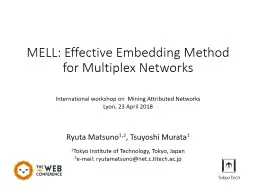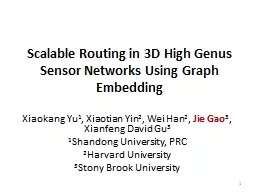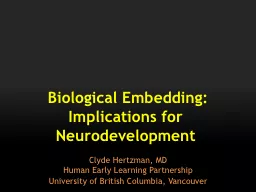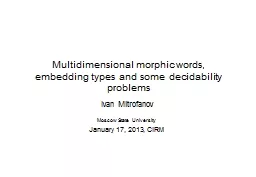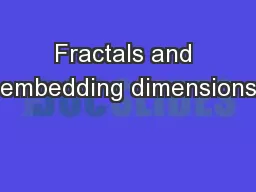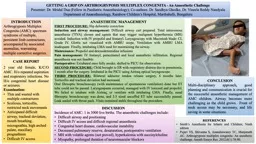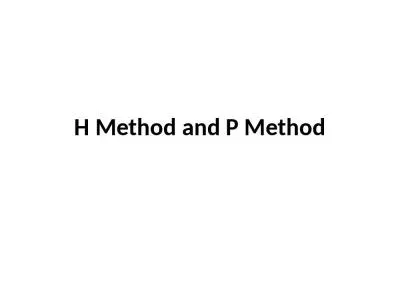PPT-MELL: Effective Embedding Method for Multiplex Networks
Author : alexa-scheidler | Published Date : 2019-11-09
MELL Effective Embedding Method for Multiplex Networks International workshop on Mining Attributed Networks Lyon 23 April 2018 Ryuta Matsuno 12 Tsuyoshi Murata
Presentation Embed Code
Download Presentation
Download Presentation The PPT/PDF document "MELL: Effective Embedding Method for Mul..." is the property of its rightful owner. Permission is granted to download and print the materials on this website for personal, non-commercial use only, and to display it on your personal computer provided you do not modify the materials and that you retain all copyright notices contained in the materials. By downloading content from our website, you accept the terms of this agreement.
MELL: Effective Embedding Method for Multiplex Networks: Transcript
Download Rules Of Document
"MELL: Effective Embedding Method for Multiplex Networks"The content belongs to its owner. You may download and print it for personal use, without modification, and keep all copyright notices. By downloading, you agree to these terms.
Related Documents

